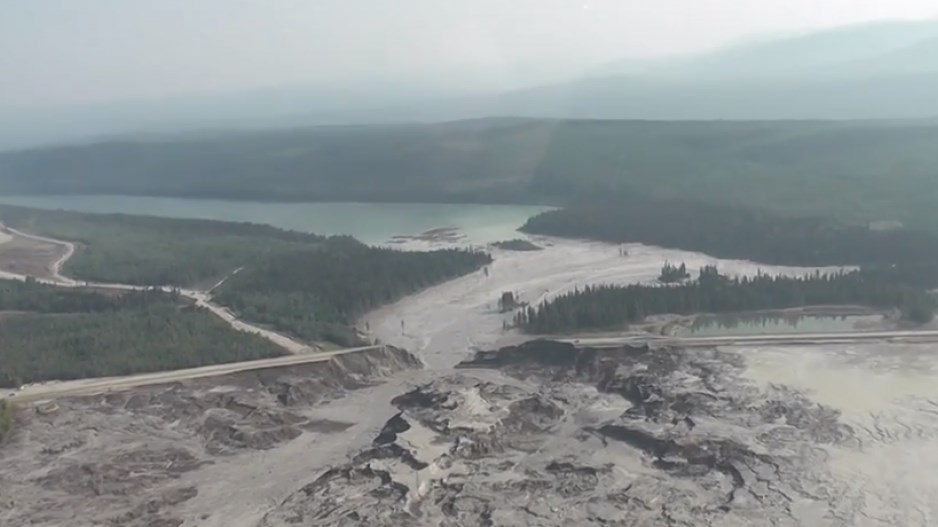Ten million gallons of water released when a tailings pond dam for the Mount Polley mine collapsed should not pose a danger to people or fish, Brian Kynoch, CEO for Imperial Metals Corp. (TSX:III), said at a press conference this afternoon (August 5).
In fact, the worst damage may be to Imperial’s reputation and bottom line - not to mention its stock price, which was down 40.6% on the day to $9.98.
The failure of the tailings pond shut down the company’s most productive mine for an indefinite period and one mining analyst suggested that it could also delay the commissioning of Imperial’s new Red Chris mine.
The Ministry of Environment estimates the dam’s failure released 10 million cubic metres of water (enough to fill 4,000 Olympic-sized swimming pools) and 4.5 million cubic metres of sand into Polley and Quesnel lakes.
Raymond Goldie, an analyst with Salman Partners, likened the incident to a similar one in 1998, when the tailings pond for a mine owned by Boliden in Spain was breached. He said an investigation to determine the cause took eight months.
“I’m sure there’ll be the same thing here, and I find it difficult to imagine Red Chris being allowed to start up before the government assured itself what the cause was of Mount Polley and also assured itself that this wouldn’t happen to Red Chris,” Goldie told Business in Vancouver.
“I think it could delay Red Chris by as much as a year.”
Mount Polley is an open pit copper-gold mine. The waste rock from such an operation – tailings – typically contain toxic elements such as cadmium, arsenic and selenium, which can be harmful to fish.
Tailings can also contain cyanide (sodium cyanide is used to extract gold or silver) and sulphuric acid (used to extract copper), as well as mercury.
But Kynoch said the water in the tailings pond was near drinking water quality standards. Even so, the B.C. Ministry of Environment will be doing water sampling.
“We expect a good outcome from this sampling because the water discharged from this event already almost meets drinking water standards,” Kynoch said.
He added mercury has never been detected in the Mount Polley tailings pond and that arsenic levels are lower than the acceptable limits for drinking water.
He also said the company regularly tests the water from the tailings pond, “and it is not toxic to rainbow trout.”
The tailings pond was contained by an earthen dam that gave way. Asked what may have caused the breach, Kynoch said that is still not known, although he did say that the failure was in an unusual spot.
“It wasn’t at the tallest, highest part of the dam where the pressure is highest, so it’s a bit of an anomaly where it occurred,” Kynoch said.
“I apologize for what happened,” he said. “If you had asked me two weeks ago if that could happen, I would say it couldn’t happen. So I know that for our company it’s going to take a long time to earn the community’s trust back.”
For now, the Mount Polley mine has been idled. It’s not clear how long it may take before it restarts.
Kynoch said the tailings pond breach was “a major setback” that occurred just as the mine was entering “a promising phase of extended operations.”
The Mount Polley Mine went into operation in 1997 and was shut down in 2001, due to low copper prices.
When it was restarted in 2005, the company said at the time that the mine had about seven years of life left, but the company later extended the mine’s estimated life out to 2025.




